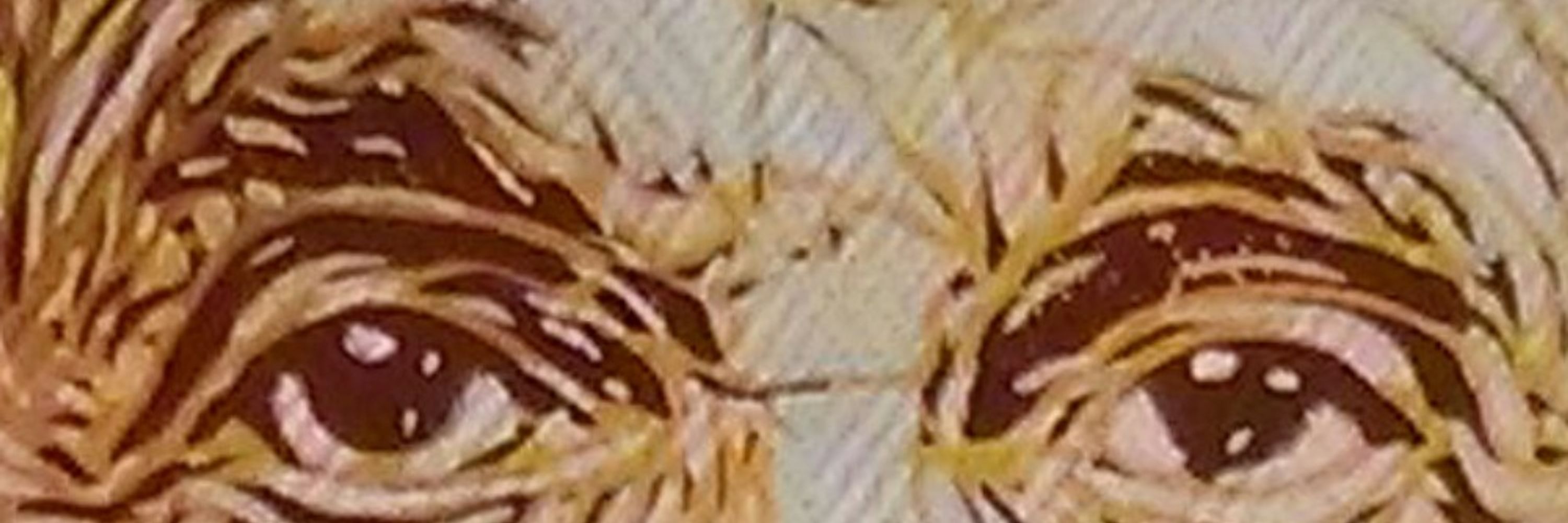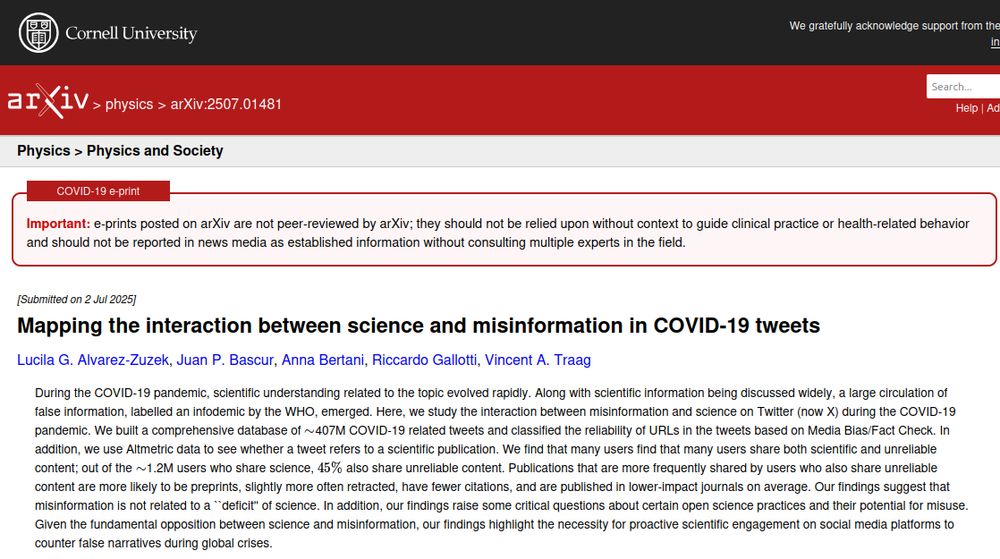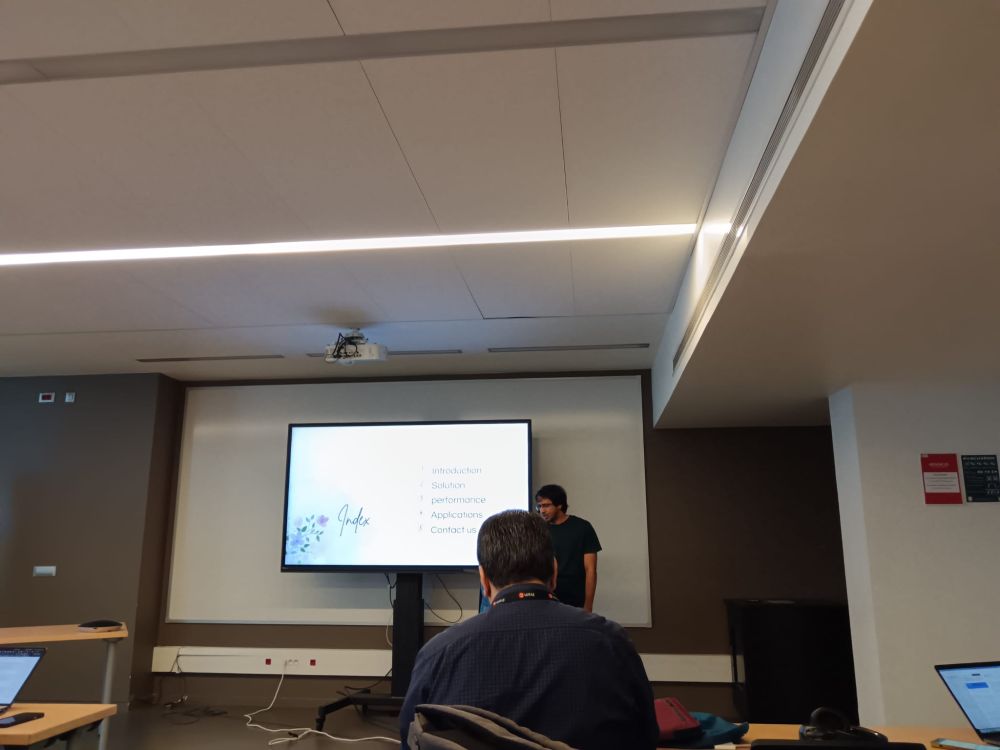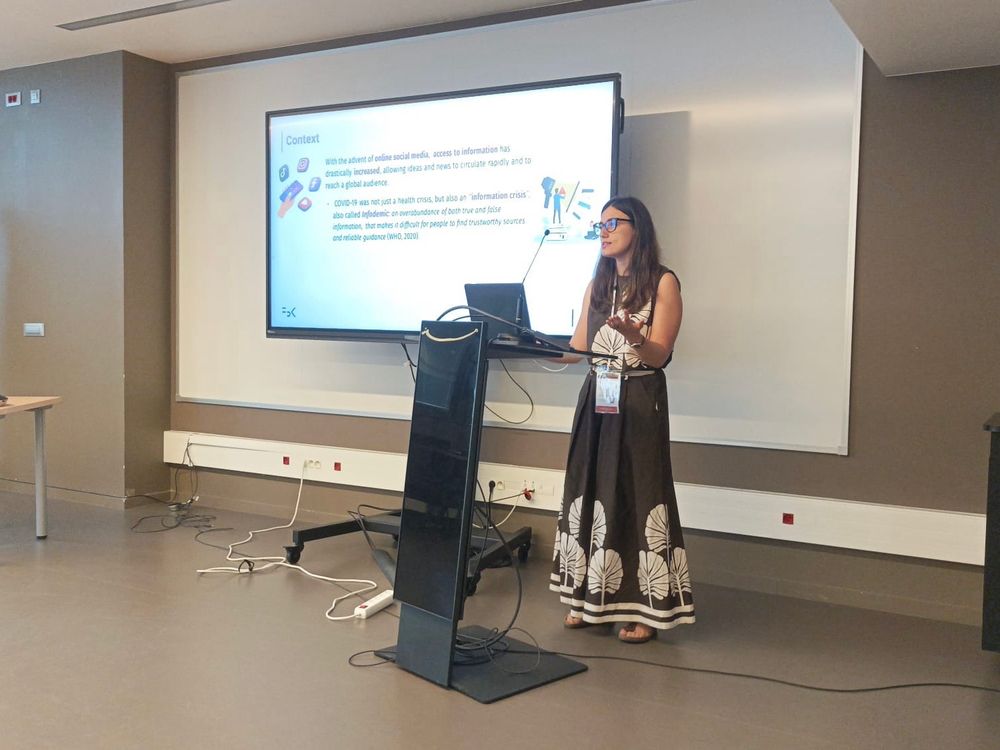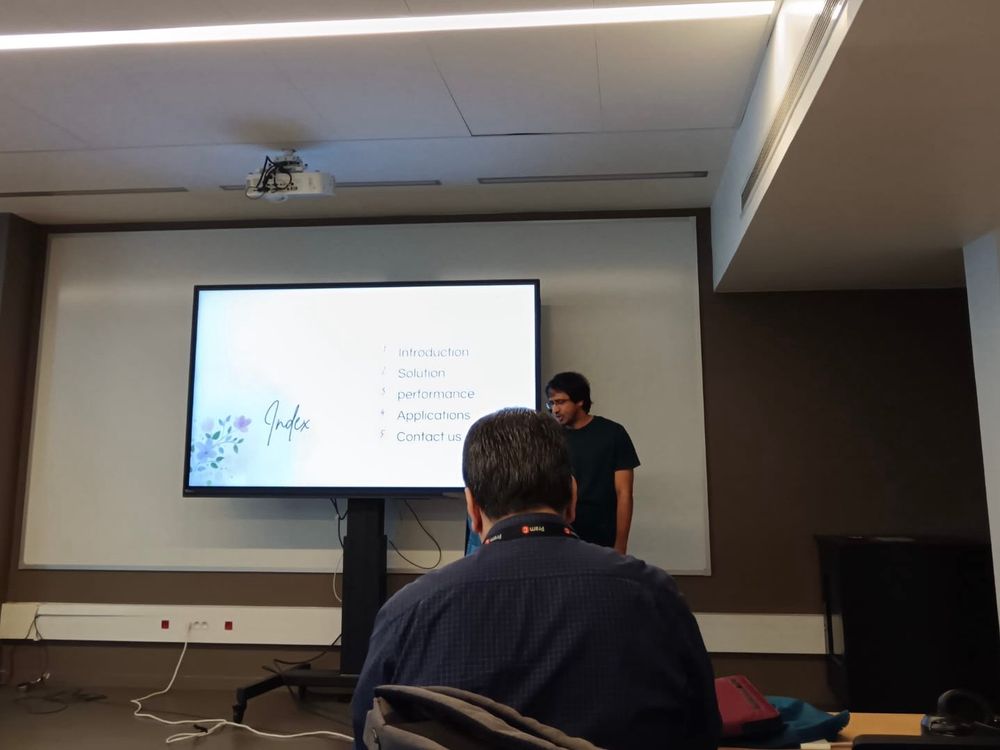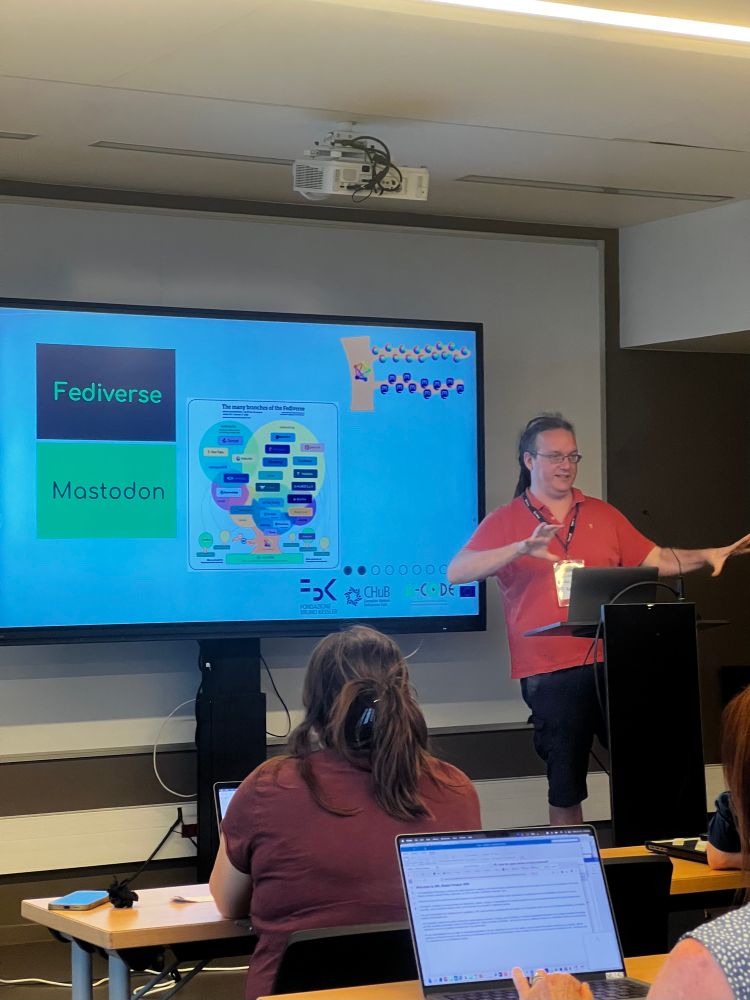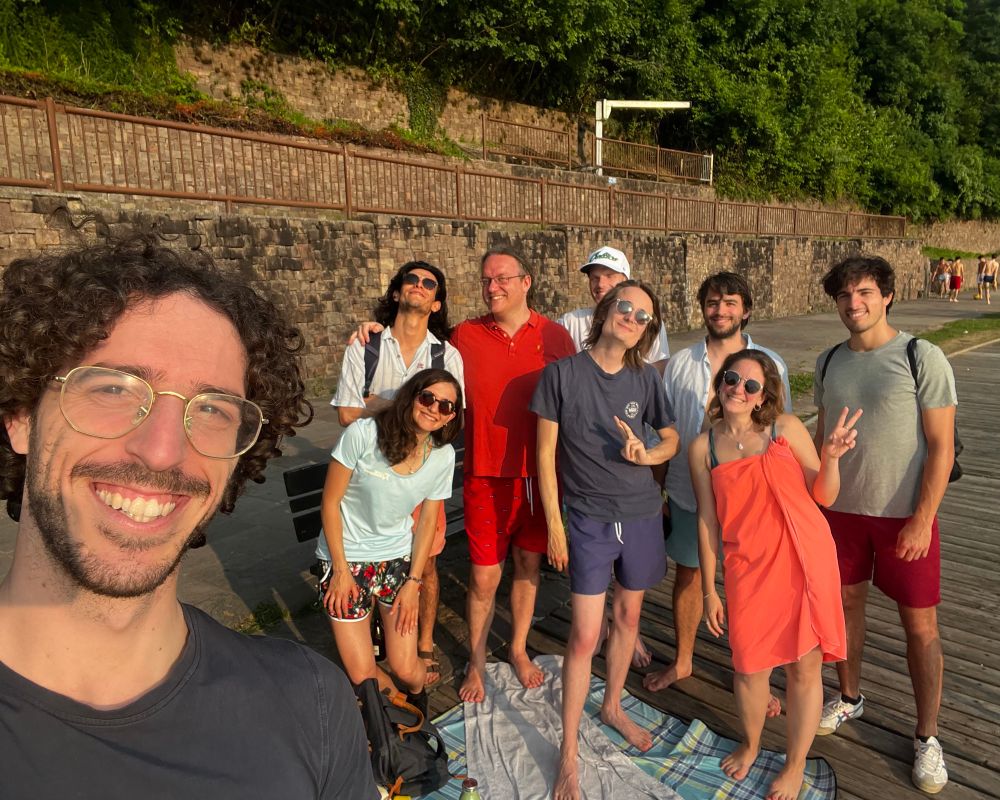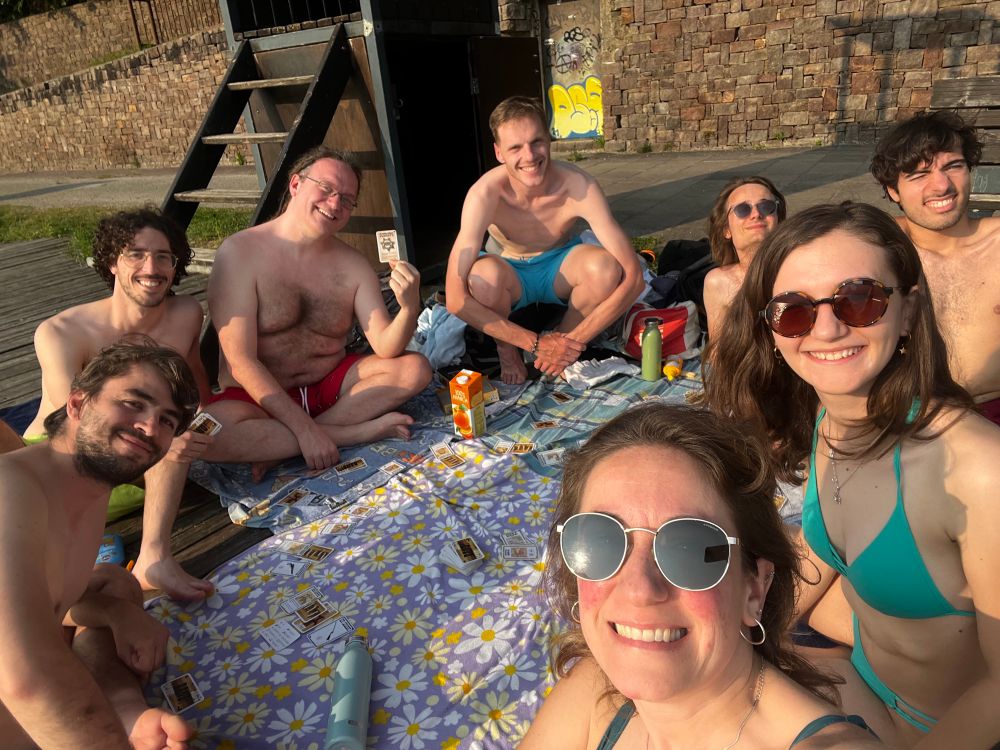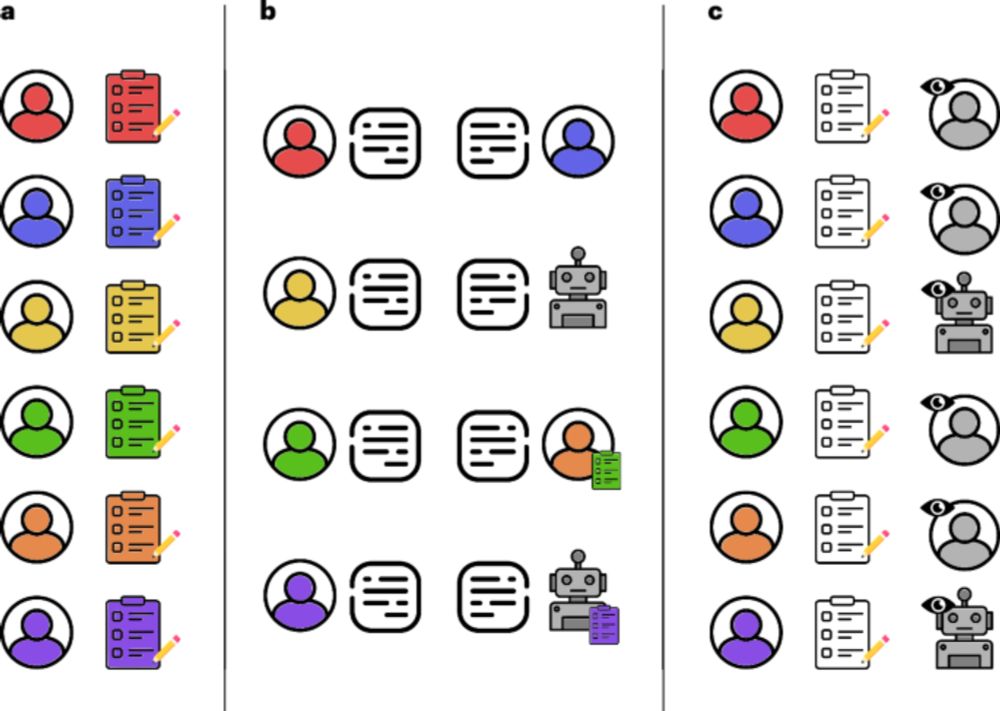Riccardo Gallotti
@ricgallotti.bsky.social
620 followers
190 following
9 posts
Interdisciplinary physicist
Head of the CHuB research unit at FBK
Human behaviour, mobility, transport, decision making, infodemics, data science
Posts
Media
Videos
Starter Packs
Reposted by Riccardo Gallotti
Reposted by Riccardo Gallotti
Reposted by Riccardo Gallotti
Reposted by Riccardo Gallotti
Reposted by Riccardo Gallotti
Reposted by Riccardo Gallotti
Reposted by Riccardo Gallotti
Reposted by Riccardo Gallotti
Matteo Scianna
@matteoscianna.bsky.social
· Aug 18

Comparing the effectiveness of ring and block-vaccination strategies on networks
Author summary Infectious diseases such as measles and Ebola have shown how quickly outbreaks can spread and how essential vaccination is to protect individuals. In our work, we investigate a spectrum...
journals.plos.org
Reposted by Riccardo Gallotti
Reposted by Riccardo Gallotti
Reposted by Riccardo Gallotti
Reposted by Riccardo Gallotti
Reposted by Riccardo Gallotti
Ulysse Marquis
@ulyssemarquis.bsky.social
· Jun 16

Universal roughness and the dynamics of urban expansion
We present a new approach to quantify urban sprawl using tools from surface growth physics. Analyzing built-up area expansion in 19 cities (1985-2015), we uncover anisotropic growth with branch-like e...
arxiv.org
Reposted by Riccardo Gallotti
Reposted by Riccardo Gallotti
Reposted by Riccardo Gallotti
Reposted by Riccardo Gallotti
Ulysse Marquis
@ulyssemarquis.bsky.social
· Jun 16

Universal roughness and the dynamics of urban expansion
We present a new approach to quantify urban sprawl using tools from surface growth physics. Analyzing built-up area expansion in 19 cities (1985-2015), we uncover anisotropic growth with branch-like e...
arxiv.org
Reposted by Riccardo Gallotti
Reposted by Riccardo Gallotti
Mattia Mazzoli
@mattiamazzoli.bsky.social
· May 26
Reposted by Riccardo Gallotti
Reposted by Riccardo Gallotti
